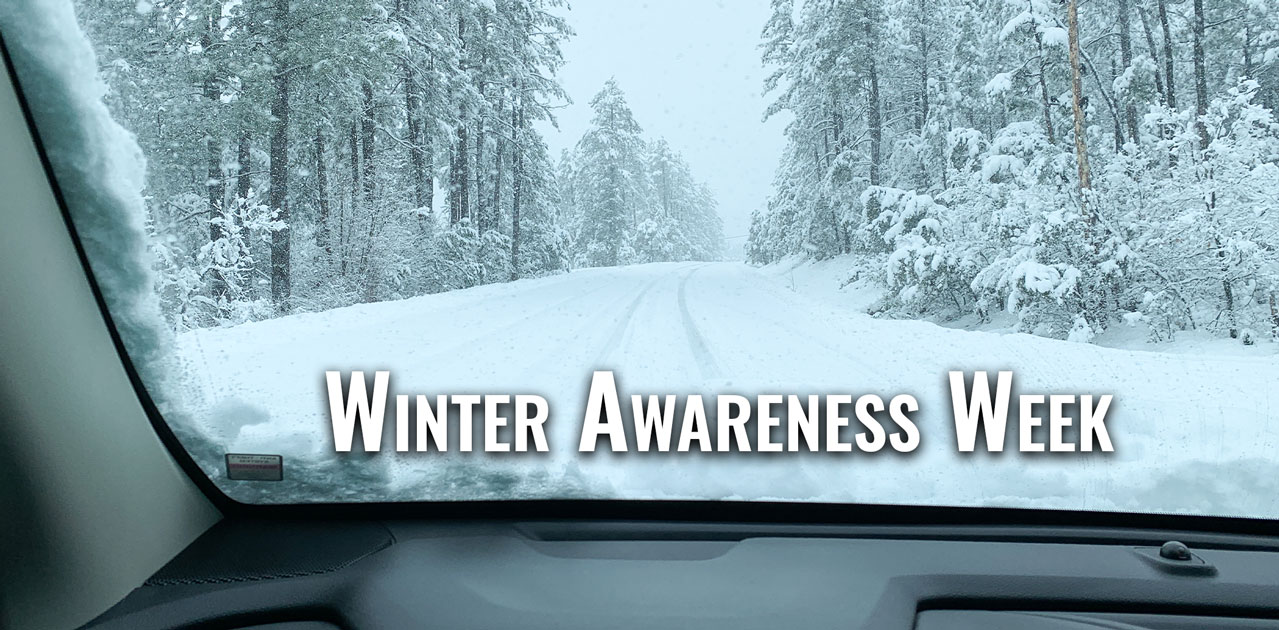Winter in Wisconsin can be a time for fun outdoors, but the snow, ice and cold can also be dangerous for those who are not ready for them. To help prepare everyone for what to expect in the months ahead, Gov. Tony Evers has declared Nov. 15-19 Winter Awareness Week in Wisconsin.“Preparing for winter should begin before the first snowflakes fall,” said Wisconsin Emergency Management Acting Administrator Greg Engle. “Winter Awareness Week is a great time to brush up on your winter driving skills, get your furnace serviced, and make sure home emergency kits are fully supplied.”
More winter tips from Marshfield Insurance HERE.According to the National Weather Service, Wisconsin experiences an average of three to six winter storms during the season. Last winter, the city of Hurley in Iron County received the highest one-day snowfall of 14.0 inches on Dec. 24, 2020. Land o’ Lakes in Vilas County recorded 83.2 inches of snow last winter, giving it the highest seasonal snowfall total in the state. The coldest temperature recorded in Wisconsin was -41 degrees Fahrenheit on Feb. 15, 2021 in Barnes, located in Bayfield County.One of the best ways to stay safe during the winter months is to stay informed about the weather. Follow the forecast from the
National Weather Service and other trusted local sources, and then be prepared when winter storms are expected. Stock up on additional supplies, make sure you have an emergency kit at home and in your vehicle, and have a plan for what to do if you lose power at home.Winter
emergency kits should include items such as food, water, a flashlight and batteries, and blankets. In your vehicle, include a snow shovel, extra gloves and hats, cell phone charger, and kitty litter or sand to help give your wheels traction on icy roads in case you get stuck.Prepare your home as well by making sure your furnace is serviced regularly. Check entry points and windows for signs they are allowing cold air into your home. Ensure carbon monoxide detectors are working properly and have fresh batteries. Keep any free-standing heating devices away from curtains or other objects that could catch fire.Ice and snow on the roads remain a major threat to drivers throughout the state each winter. Between 2016-20, the Wisconsin Department of Transportation Wisconsin says the state averaged about 41 fatalities and 3,950 injuries each year due to winter driving conditions.“During winter, drivers should check the weather and road conditions before they head out,” Engle said. “If you don’t need to be on the road during a severe winter storm, then stay home. If that’s not an option, carry an emergency kit in your vehicle, drive slow in treacherous conditions, and let people know where you are going and when you expect to arrive.”To help protect yourself in your vehicle, remain distraction-free while driving and adjust your speed for current conditions. Check travel conditions for most major roadways in the state before you leave home by using 511 Wisconsin. This information, along with live traffic cameras and traffic alerts, is accessible through the free 511 Wisconsin mobile app, on
Twitter, or the mobile-friendly site
www.511wi.gov.You can view a copy of Gov. Evers’ Winter Awareness Week proclamation
here.Find out more about Winter Awareness Week, including historical data and safety tips,
here.For more tips on getting ready for winter weather, visit the ReadyWisconsin website at
https://readywisconsin.wi.gov/.You can also follow ReadyWisconsin on
Facebook and
Twitter for tips throughout the winter months and updates on dangerous weather conditions.
